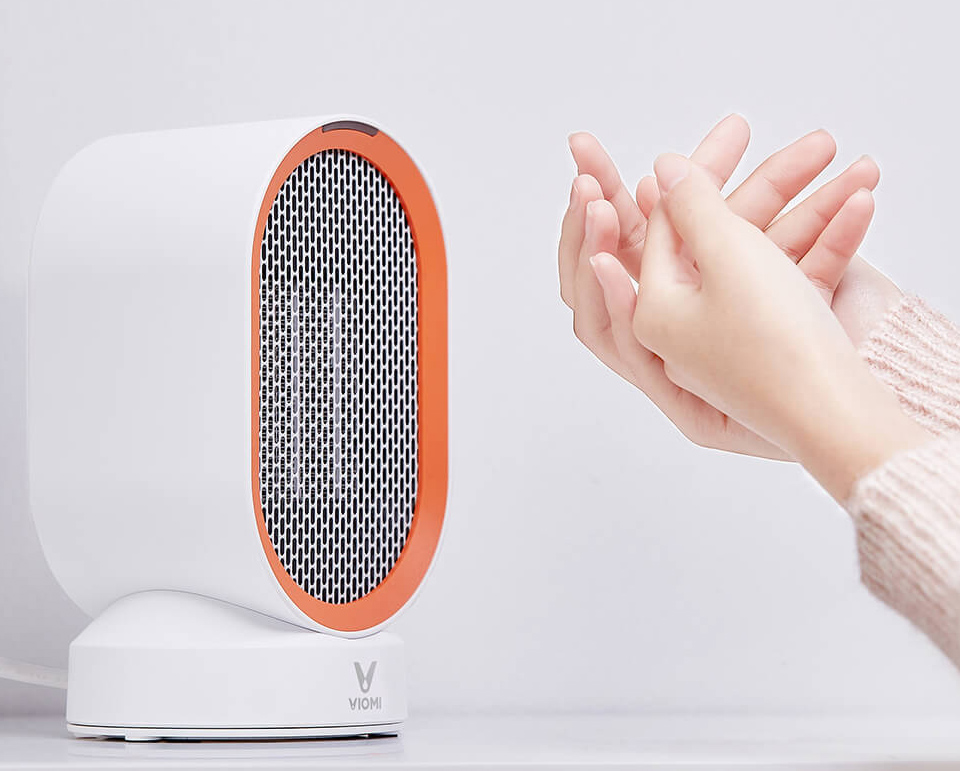Farming at home with tinyFarm – interview with Aamar Khwaja
tinyFarm by Modgarden is a compact and modular piece of technology serving a sustainable and literally green purpose: growing edible vegetables in any apartment, easily and all year-round

tinyFarm features a clean and simple design which integrates perfectly in a modern house, introducing a completely new concept of home appliance which, with hope, the majority of us will adopt for their kitchen or living room.
Enabling urban-dwellers to appreciate the process of growing edible greens and aromatic plants is crucial to the education of people on the processes of food production. Modgarden designs products to reconnect the urban population with traditions and a conscious understanding of nature’s dynamics.
Controlled by an app and an automated watering system, tinyFarm modules can be stacked one on top of the other to easily increase production areas keeping in mind critical space constraints of city apartments.

As 1 of the 10 winners of the contest ExpoWanted organised by DesignWanted for Milan Design Week 19, we had a chance to interview the Founder & CEO of Modgarden, Aamar Khwaja to learn more about this farm-to-table concept through.
Tell us about tinyFarm, what makes it unique?
Aamar Khwaja:
“A private Agricultural Technology (Agri-Tech) Canadian company, Modgarden has spent the past four years and over $1 million developing innovative, disruptive products and processes that are extensions of traditional regenerative farming.
Targeted to consumers, the hospitality and food industries, developers, and city planners, these products and processes incorporate global renewable soil/composting, zero-waste and sustainability initiatives. Modgarden is combining organic healthy eating, agriculture sustainability and AI (artificial intelligence) together in a suite of products and services for both personal and commercial applications.

The primary goals of Modgarden include enabling cities and city-dwellers to grow pure (organic) food at or close to home using regenerative and sustainable techniques and providing global Agri-Tech solutions for optimum human health, essentially moving urban dwellers back to an agri-centric society by empowering individual food production.
Modgarden products include the “tinyFarm”, an earth-to-fork, year-round, modular mini-garden that fits on the kitchen countertop and is expandable for a larger family and commercial needs, and “ModSoil”, a proprietary, trade secret soil formulation for tinyFarm.”
How was your experience with ExpoWanted?
Aamar Khwaja:
“The ExpoWanted contest was our first international design award and quite an exhilarating experience. We were thrilled to participate on a global platform in Milan, during Milan Design Week. It was quite an honour.
To be invited to Milan was further validation that our attention to the design and messaging of regenerative and sustainable agriculture is beginning to resonate on a global stage. This is timely as populations continue to migrate towards cities, there are limited products that are practical and well-positioned to be a part of their home. We would welcome the opportunity to participate in Milan again.”

How does tinyFarm respond to current design trends?
Aamar Khwaja:
“Timeless and beautiful design is our north star, it drives all of Modgarden’s decisions. Functionality is key. Convenience is necessary. And, we are equally committed to weaving stunning design into our quality products. Our goal is clear – we must set a high standard in this emerging market of food tech and agriculture.
tinyFarm belongs either in the living room or as an appliance in the kitchen. Together with Heather Dubbeldam, a globally renowned architect and designer, we sought to develop a product that would become a showpiece, no matter where it sat in the home.
The design of tinyFarm involved paring down a complex product into something easy to use and understand, and something visually simple, akin to the Apple minimalist approach, that would be timeless and not date in a few years. It also involved using the most sustainable and healthy materials available and the meticulous development of all the interactive features of the product, making them functional, elegant and enjoyable to the user.”

What was the hardest part of the development of tinyFarm?
Aamar Khwaja:
“The hardest part of the development of this complex product was balancing aesthetic/material design with engineering – developing a product that is manufacturable at a certain scale. Design1st was responsible for the functional design engineering of the tinyFarm, balancing the look, functional features, and materials for manufacturing.
This detailed and iterative process was to define the manufacturing for the product’s curves, materials used, type of interface and features, striking a balance between aesthetics and materials, to ensure that the product doesn’t feel “cheap” or low quality to the consumer.
Ultimately there is a combination of mechanisms that go into the final production; a complex matrix of features, manufacturing methods, market reception, consumer polling, testing, and many other aspects, that eventually drive the final consumer product.

What is the next step for tinyFarm?
Aamar Khwaja:
“We are now raising money and seeking seed funding to begin manufacturing. Commercialization is three months away from the day we receive funding, so we’re very close to launching! We will run a very short BETA period (perhaps 6 weeks) and then launch our product for a wider audience.
While this final design period is underway, we’ll be building marketing and consumer sales pipeline, and then we will be ready for mass manufacturing. During this period before mass manufacturing, we may launch a crowdfunding PR campaign to generate interest.”

In your opinion, which reference sector does tinyFarm lie in?
Aamar Khwaja:
“tinyFarm is technically an appliance, which is where the market is going in the coming decade. We have ensured that the reaction to the product is one of “beauty”, and while it could very well replace a bookcase, it is more likely to be placed in a kitchen or dining room.
As cities continue to grow we believe a shift will occur, and it will occur quickly. Modgarden is at that intersection and well-positioned for this shift.”









